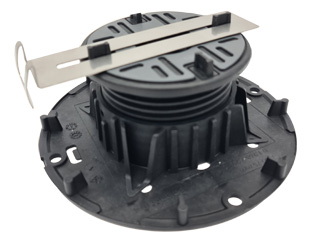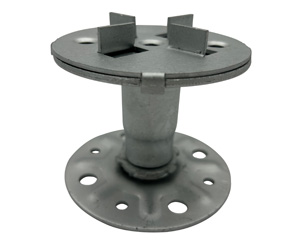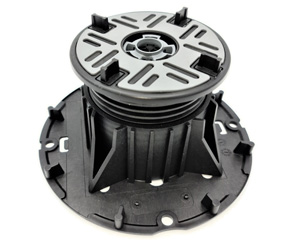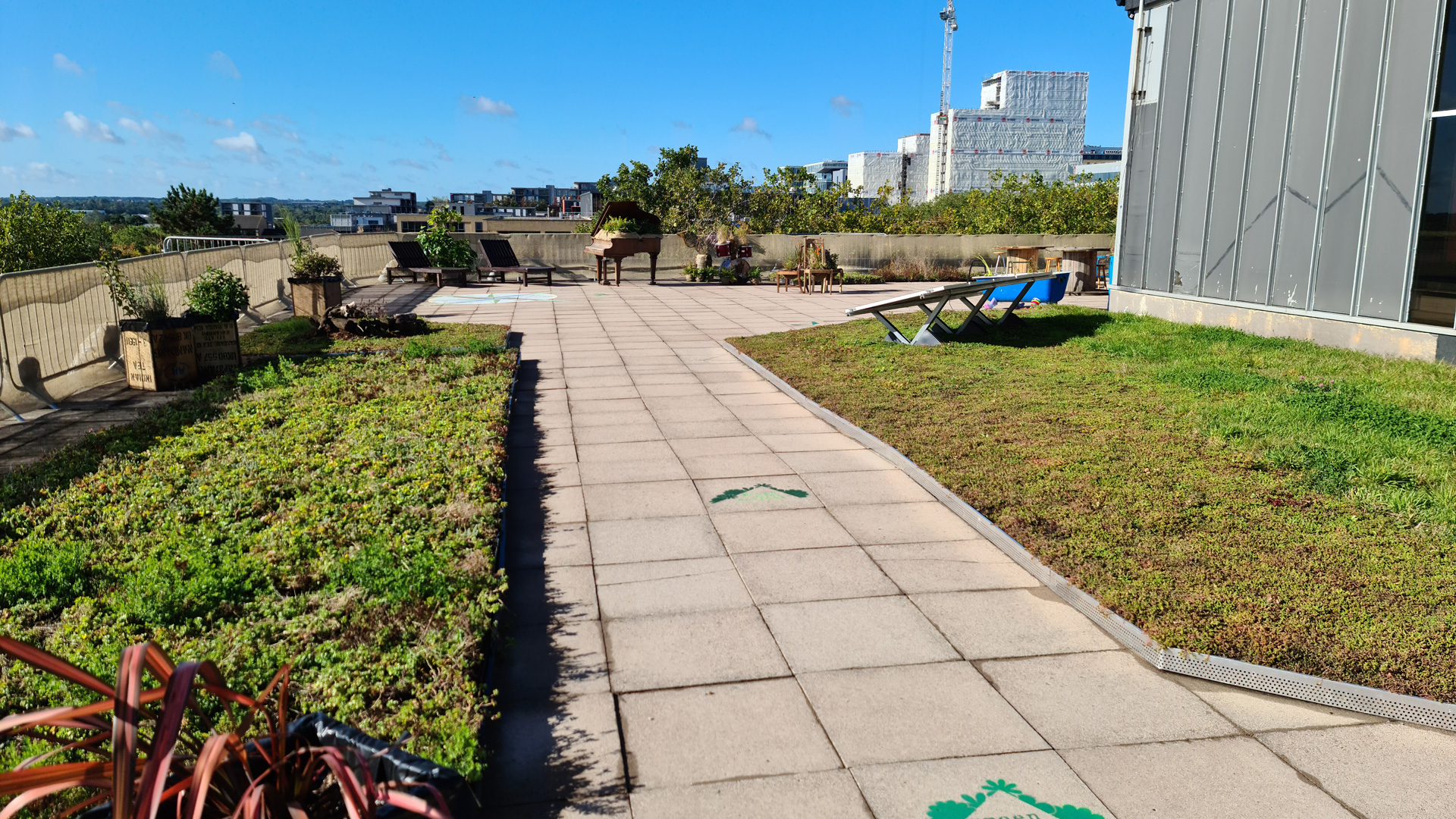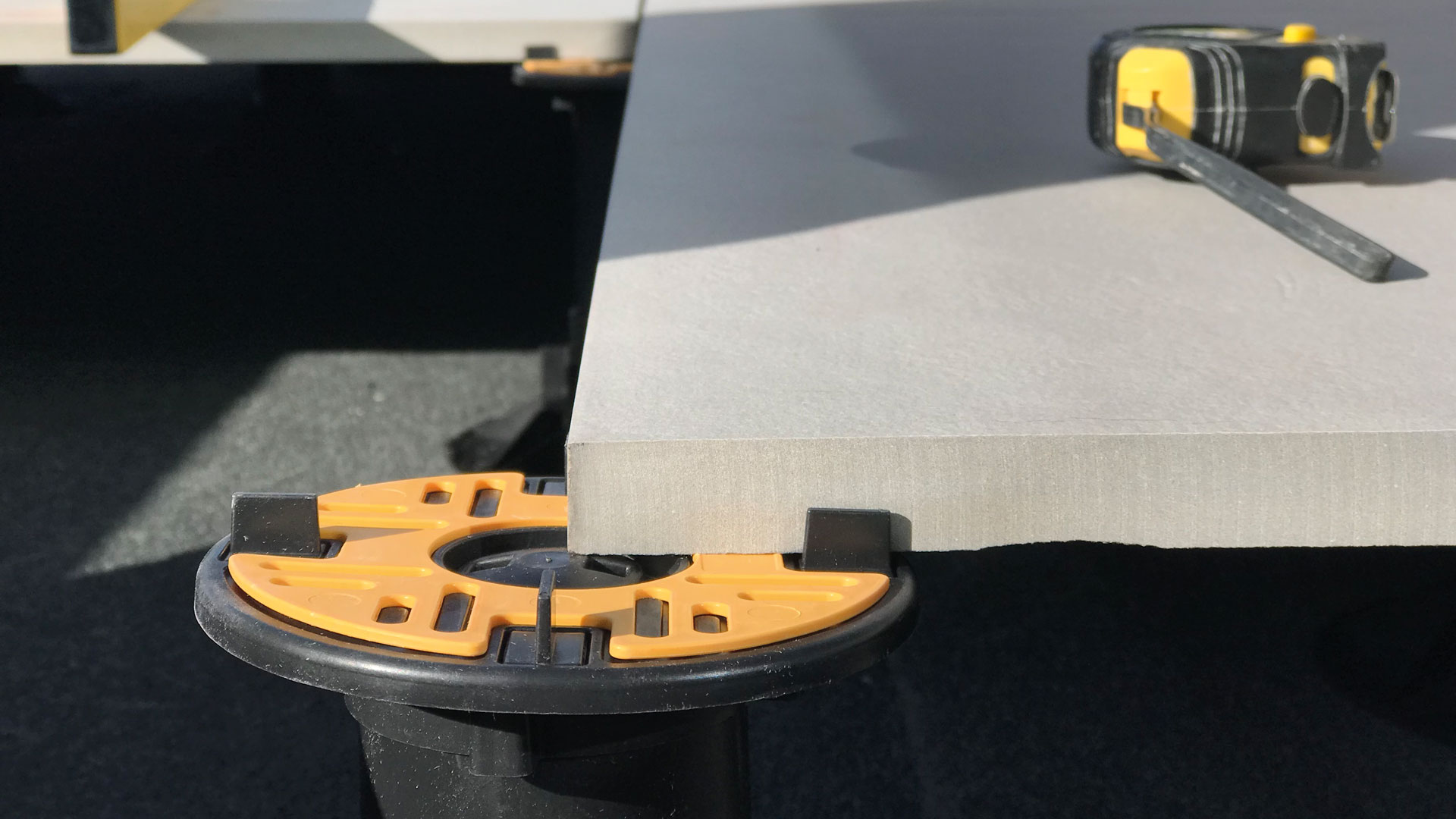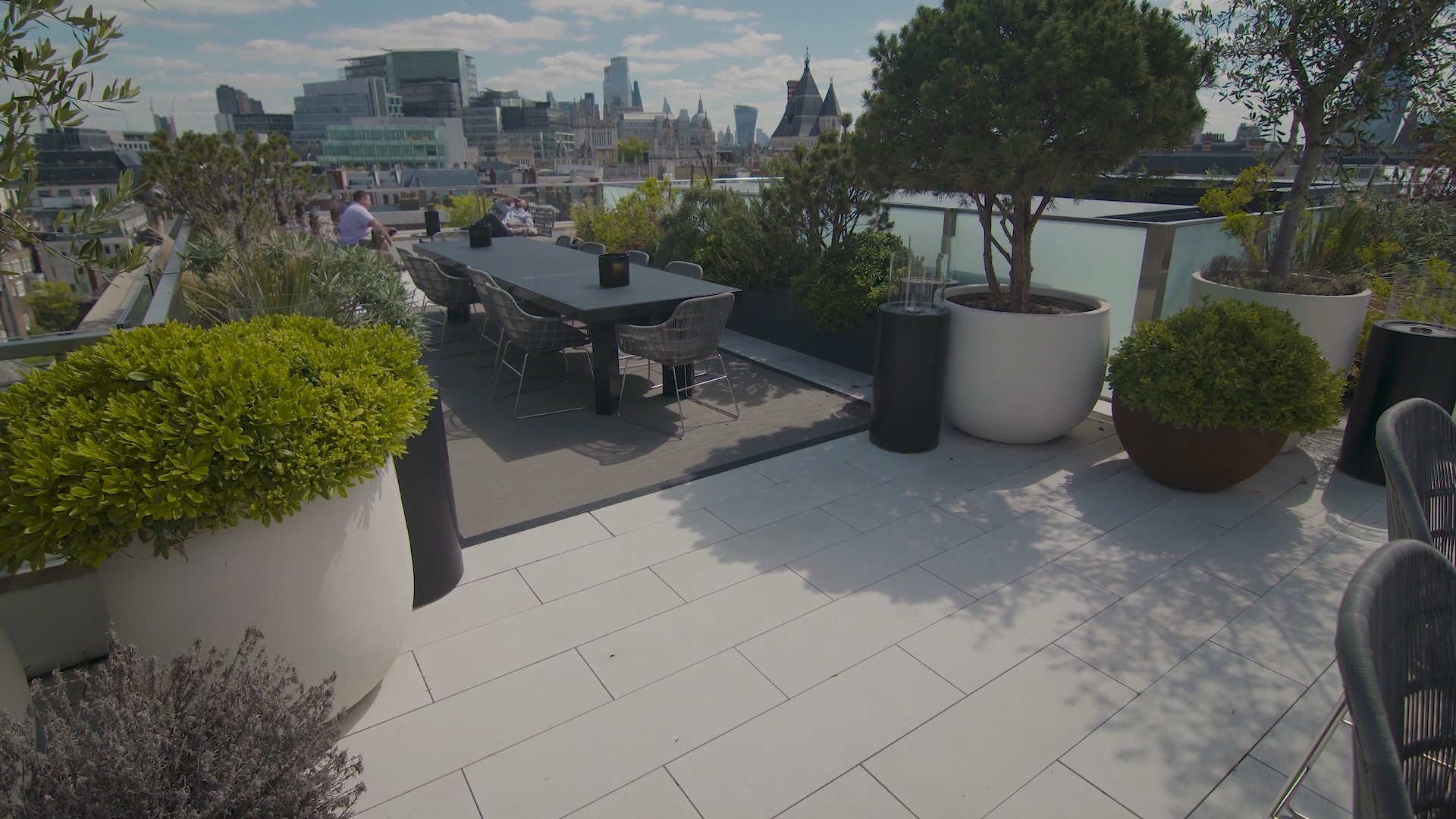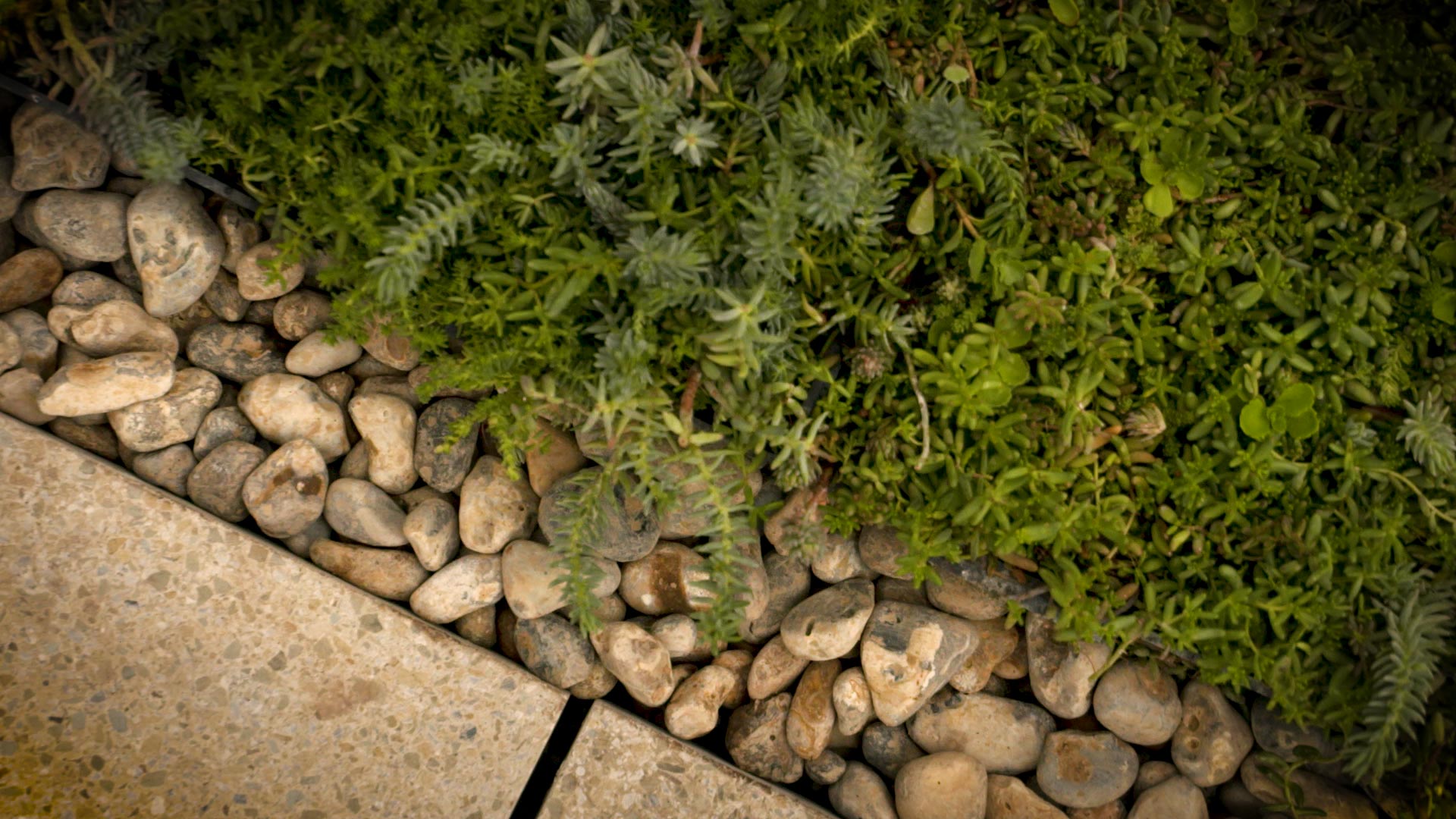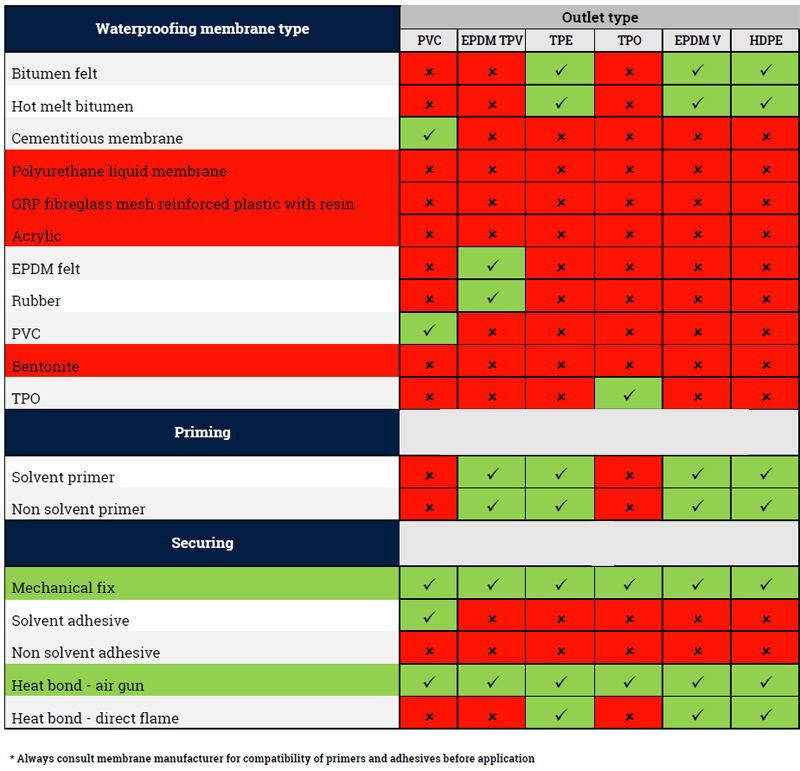In the increasingly concrete-clad landscapes of our cities, the challenge of urban heat continues to escalate, causing not only discomfort but also a range of environmental issues. Green roofs, a pioneering approach in urban design, are emerging as a vital solution in combatting this phenomenon. By transforming barren rooftops into vibrant, green spaces, we are witnessing a revolution in the way our cities manage heat. This blog explores the significant role green roofs play in cooling our urban environments, enhancing the quality of life, and promoting sustainable urban development.
The Urban Heat Island Effect: A Growing Concern
The Urban Heat Island (UHI) effect describes how urban regions experience higher temperatures than their rural surroundings. This increase in heat results from the extensive use of materials like concrete, asphalt, and metal, which absorb and retain heat more efficiently than natural landscapes. The ramifications of UHI include increased energy consumption, elevated emissions of air pollutants and greenhouse gases, and more intense heatwaves, which can jeopardise public health.
Green Roofs as a Cooling Mechanism
- Temperature Regulation: Green roofs contribute significantly to reducing the surface temperature of buildings and the surrounding air. Vegetation uses sunlight and soil moisture to grow, a process that cools the air around through evapotranspiration. Research indicates that green roofs can lower the temperature of roof surfaces by up to 30°C and reduce ambient temperatures by several degrees, mitigating the UHI effect substantially.
- Energy Efficiency: By insulating buildings, green roofs maintain more stable indoor temperatures, thus reducing the demand for air conditioning in the summer and heating in the winter. This reduction in energy use not only helps cool urban areas but also lowers carbon emissions associated with energy production.
- Reflectivity: Unlike traditional roofing materials, which absorb a high amount of solar radiation, green roofs have higher albedo or reflectivity, thanks to their vegetation. This means they reflect more sunlight back into the atmosphere, contributing less to the heat absorbed by building structures.
Case Studies: Green Roofs in Action
Cities around the world are turning to green roofs as a solution to urban heat. For instance, Toronto, Canada, implemented a Green Roof Bylaw in 2010, requiring new commercial, residential, and institutional buildings to include green roofs. This initiative has not only improved the city’s air quality but also reduced the overall city temperature during hot summer months.
Similarly, London’s Living Roofs and Walls policy, part of the London Plan, encourages the installation of green infrastructure as a measure to combat climate change and reduce urban heat. The integration of these systems across the city has shown a marked improvement in urban air temperatures and enhanced biodiversity.
Broader Environmental and Social Benefits
- Biodiversity: Urban green roofs provide habitats for various species, promoting biodiversity in city landscapes that are often devoid of natural refuges for wildlife.
- Stormwater Management: Green roofs absorb and retain rainfall, reducing runoff and alleviating pressure on urban drainage systems, which is crucial during heavy rainfalls.
- Air Quality Improvement: By filtering pollutants and storing carbon, green roofs contribute to cleaner air, which is essential in densely populated urban settings.
- Psychological and Social Well-being: Green roofs offer accessible green spaces in urban areas, contributing to the mental and physical well-being of residents. They provide areas for social interaction, relaxation, and recreational activities, enhancing community ties.
Towards a Cooler Future
The installation of green roofs is more than an aesthetic addition to urban architecture; it is a functional upgrade that offers a multitude of environmental, economic, and social benefits. As cities continue to grow and evolve, integrating green roofs into urban planning is a strategic move towards sustainable development. These living roofs not only counteract the urban heat island effect but also create more resilient and livable urban environments.
In conclusion, the role of green roofs in cooling our cities is profound and multifaceted. As we face increasing urbanisation and climate change, it is imperative that urban planning incorporates green roofs as a standard feature, not just an optional add-on. By doing so, we can ensure that our cities remain vibrant and viable habitats for future generations.


